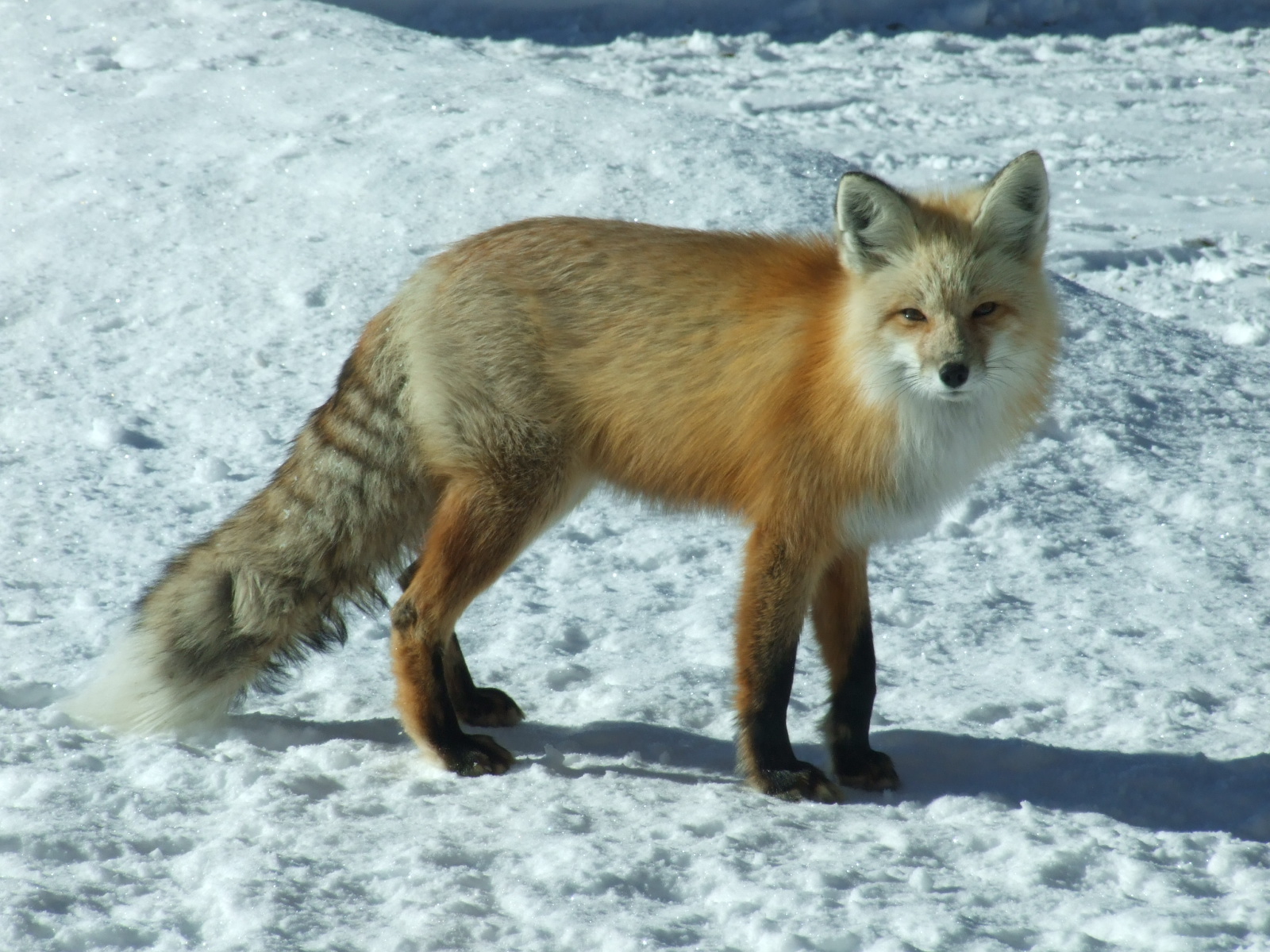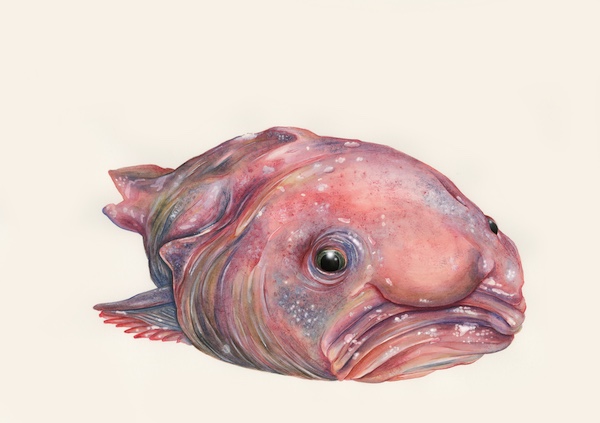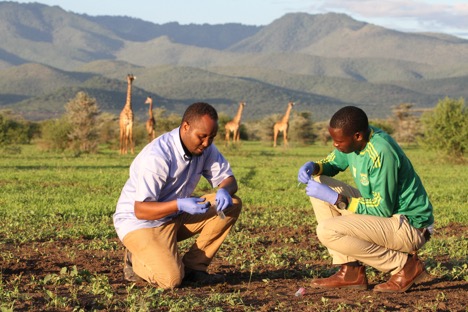Published by Headline Books, Inc.
Meet
Suzanne Alexander

Today we meet Suzanne Alexander, librarian, educator, and author. Her new picture book is called The Tip of the Tale. It is the story of a hungry fox in search of a chicken dinner and some chickens whose friends come to their rescue.
Have you ever seen the white tip on the end of a red fox’s tail? Suzanne has some ideas about how that white tip came to be. In this interview she talks about how she got the idea to write about a fox, and why she decided to tell this story.
The Tip of the Tale won a Gold Mom’s Choice Award “honoring excellence in family-friendly media, products, and services.”
The Tip of the Tale is illustrated by Ashley Teets and published by Headline Books, Inc.
Your book is in the form of a “why” story. Can you explain what a “why” story is? Why did you choose that style to tell your story?
Suzanne: The Tip of the Tale is a “why” or “pourquoi” (meaning “why” in French) story. “Why” (or “pourquoi”) stories are fictional origin tales that explain why something is the way it is (without the benefit of science). For example, why the giraffe has a long neck or why the leopard has spots.
Many legends and folk tales are “why” stories. The Cherokee have a tale of why the Milky Way came to exist.
I have loved “why” stories ever since I was a child. I still have my great-aunt’s copy of Mother West Wind’s Children by Thornton Burgess published in 1911. One of the stories centers on “Why Peter Rabbit’s Ears Are Long.”
I also loved Rudyard Kipling’s Just So Stories that include “The Elephant’s Child” that tells why the elephant has a trunk. The story involves the elephant child meeting a crocodile, and your imagination can take the tale from there.

Attribution: Lvaughn7, CC BY-SA 4.0 <https://creativecommons.org/licenses/by-sa/4.0>, via Wikimedia Commons
What made you interested in the question of why the tail of the red fox is white?
Suzanne: In my memory also was an old Scandinavian story that entails a fox eating the entire flock (sheep and cows) of a shepherdess. The shepherdess was so mad that she threw her butter churn at the fox. Some of the cream from the butter churn landed on the fox’s tale.
I strongly disliked that story (because the fox couldn’t possibly eat a sheep or a cow) but it must have stayed in the back of my mind until an incident in our yard.
We live at the edge of some woods, and one day, I saw that a red fox had cornered a feral cat, that neighbors named “Hissy,” so I ran outside to rescue the cat. Hissy didn’t need rescuing but the fox did as Hissy, who always lived up to his name, scratched the fox across the nose.
The fox yipped and ran away. Hissy just sat there washing his paws. At that point, The Tip of the Tale began to take shape.

Your fox talks, so he is obviously an imaginary fox in that way, but he also acts like a real hungry fox does when he goes hunting. Did you do any research on real foxes to help create your character, and what did you learn?
Suzanne: I researched the fox because I hoped to learn more about this extraordinary animal who we sometimes spot in our woods. I also wanted to include red fox facts at the end of the book along with more sources to find information about red foxes.
I learned that the red fox is an omnivore (eating both meat and plants) and that rodents and birds are on their preferred meal list (like the chickens in my book.)
I also discovered that the fox likes to hunt alone which was a perfect fact for my book since “my” red fox is on a lone quest for a “plump, juicy chicken dinner.”
Meet
the red fox
Scientists have factual ideas about why animals like foxes are the colors that they are, but it can also be fun to make up ideas about the color of animals also like you did in your story. How can “why” stories about animals help us understand or think about animals as well?
Suzanne: Animals’ fur colors help them blend in to their environment. Think about a leopard without its spots or a tiger without its stripes. Those big yellow/orange cats would really stand out, and they would never catch a meal.
It might be fun to create a fictional story of how those cats got their markings and ended up blending into their surroundings.
Is there anything else that you would like to tell us about your book?
Suzanne: Why do red foxes have a white tip at the end of their tails? Some scientists think it may help with communication among red foxes.
I would like to mention how important foxes are to nature – they help keep nature in balance.







